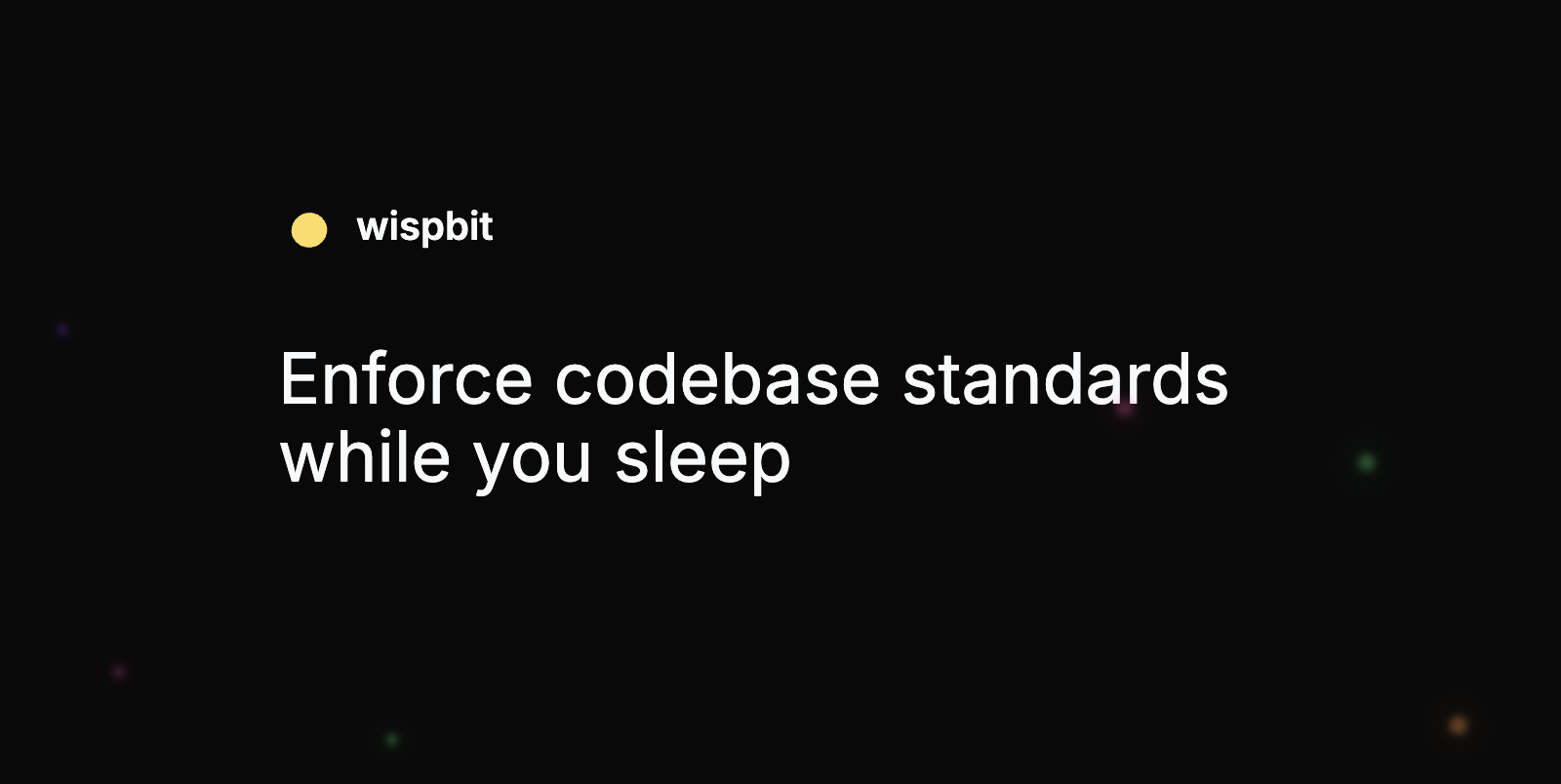DevOps Articles
Curated articles, resources, tips and trends from the DevOps World.
Choosing an ISO 27001 Compliance Product | UpGuard

Summary: This is a summary of an article originally published by the source. Read the full original article here →
In today's digital age, protectinghttps://www.upguard.com/blog/sensitive-data is crucial, and the need for robusthttps://www.upguard.com/blog/isms has become urgent due to the prevalence ofhttps://www.upguard.com/blog/data-breach andhttps://www.upguard.com/blog/cyber-threat. Becoming ISO 27001 compliant is a multi-step process, and certification can only be provided by an accredited certification body.
Key components include: Risk Management: Ensuring effectivehttps://www.upguard.com/blog/cybersecurity-risk-management by identifying, assessing, and prioritizing potential risks Information Security Management System (ISMS): A comprehensive approach tohttps://www.upguard.com/blog/isms, encompassing policies, processes, and procedures for managing information risk Security Controls: Annex A of ISO 27001 includes 114 controls intended to address allhttps://www.upguard.com/blog/information-security aspects and provide a complete security management approach
Monitoring and addressing information security risks require varioushttps://www.upguard.com/blog/cybersecurity-risk-management, especially if an organization wants to achieve ISO 27001 compliance.
An ISO 27001 compliance product’s risk management should include: https://www.upguard.com/blog/cybersecurity-risk-assessment: Facilitate the identification, assessment, and prioritization of information security risks, providing a structured approach toward risk management aligned with ISO 27001 requirements.
Product
Useful Links
Made with pure grit © 2025 Jetpack Labs Inc. All rights reserved. www.jetpacklabs.com





